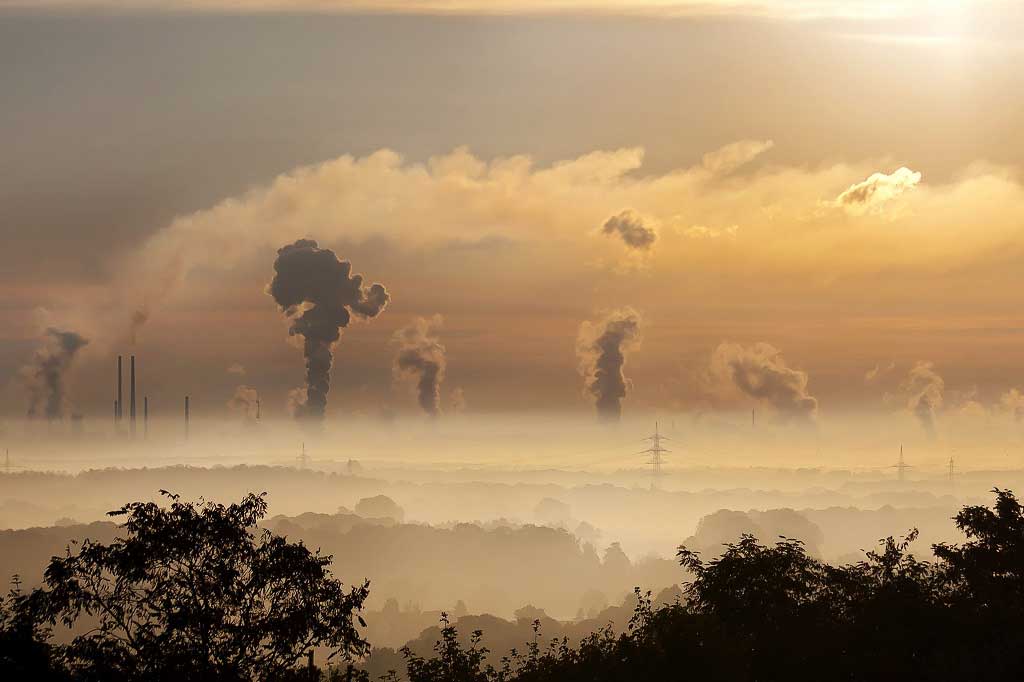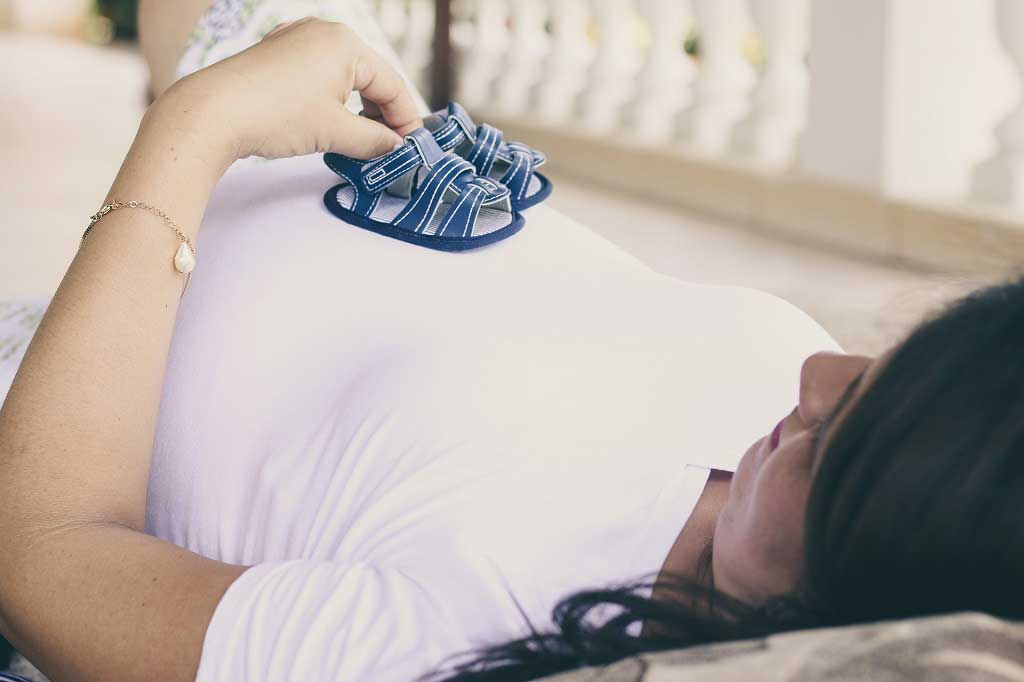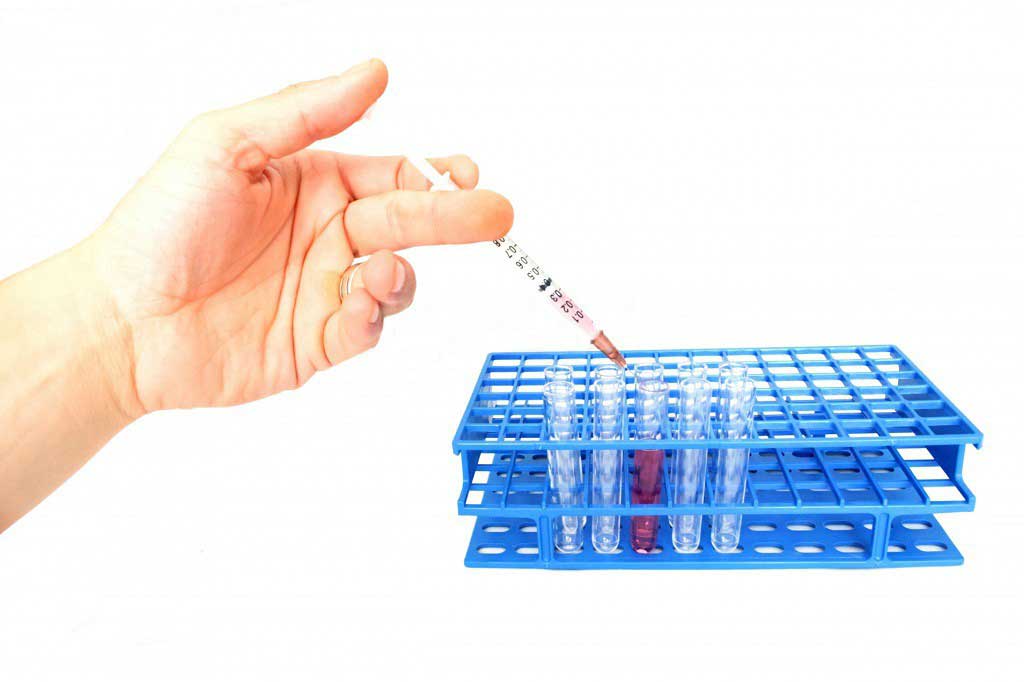Heat exhaustion and heatstroke
What to do
If you notice that someone has signs of heat exhaustion, you should:
- get them to lie down in a cool place such as a room with air conditioning or somewhere in the shade
- removeany unnecessary clothing to expose as much of their skin as possible
- cool their skin use whatever you have available, such as a cool, wet sponge or flannel, cold packs around the neck and armpits, or wrap them in a cool, wet sheet
- fan their skin while it's moist this will help the water to evaporate, which will help their skin cool down
- get them to drink fluids this should ideally be water, fruit juiceor a rehydration drink, such as a sports drink
Stay with the person until they're feeling better. Most people should start torecover within 30 minutes.
If the person is unconscious, you should follow the steps above and place the personin the recovery position until help arrives (see below).If they have a seizure, move nearby objects out of the way to prevent injury.
Introduction
Heat exhaustion and heatstroke are two potentially serious conditions that can occur if you get too hot. They usually happen during a heatwave or in a hot climate, but can also occur when you're doing very strenuous physical exercise.
Signs and symptoms
Heat exhaustion or heatstroke can develop quickly over a few minutes, or gradually over several hours or days. Signs of heat exhaustion can include: tiredness and weakness feeling faint or Lighthe
What to do
If you notice that someone has signs of heat exhaustion, you should: get them to lie down in a cool place such as a room with air conditioning or somewhere in the shade removeany unnecessary clo
When to get medical help
Severe heat exhaustion or heatstroke requires hospital treatment. You should call 999 for an ambulance if: the person doesn't respond to the above treatment within 30 minutes the person has s
Who's most at risk?
Anyone candevelop heat exhaustion or heatstroke during a heatwave or while doing heavy exercise in hot weather. However,some people are at a higher risk. These include: elderly people babies and y
How to prevent heat exhaustion and heatstroke
Heat exhaustion and heatstroke can often be prevented by taking sensible precautions when it's very hot. During the summer, check for heatwave warnings, so you're aware when there's a potential dange







 Subscribe
Subscribe Ask the doctor
Ask the doctor Rate this article
Rate this article Find products
Find products